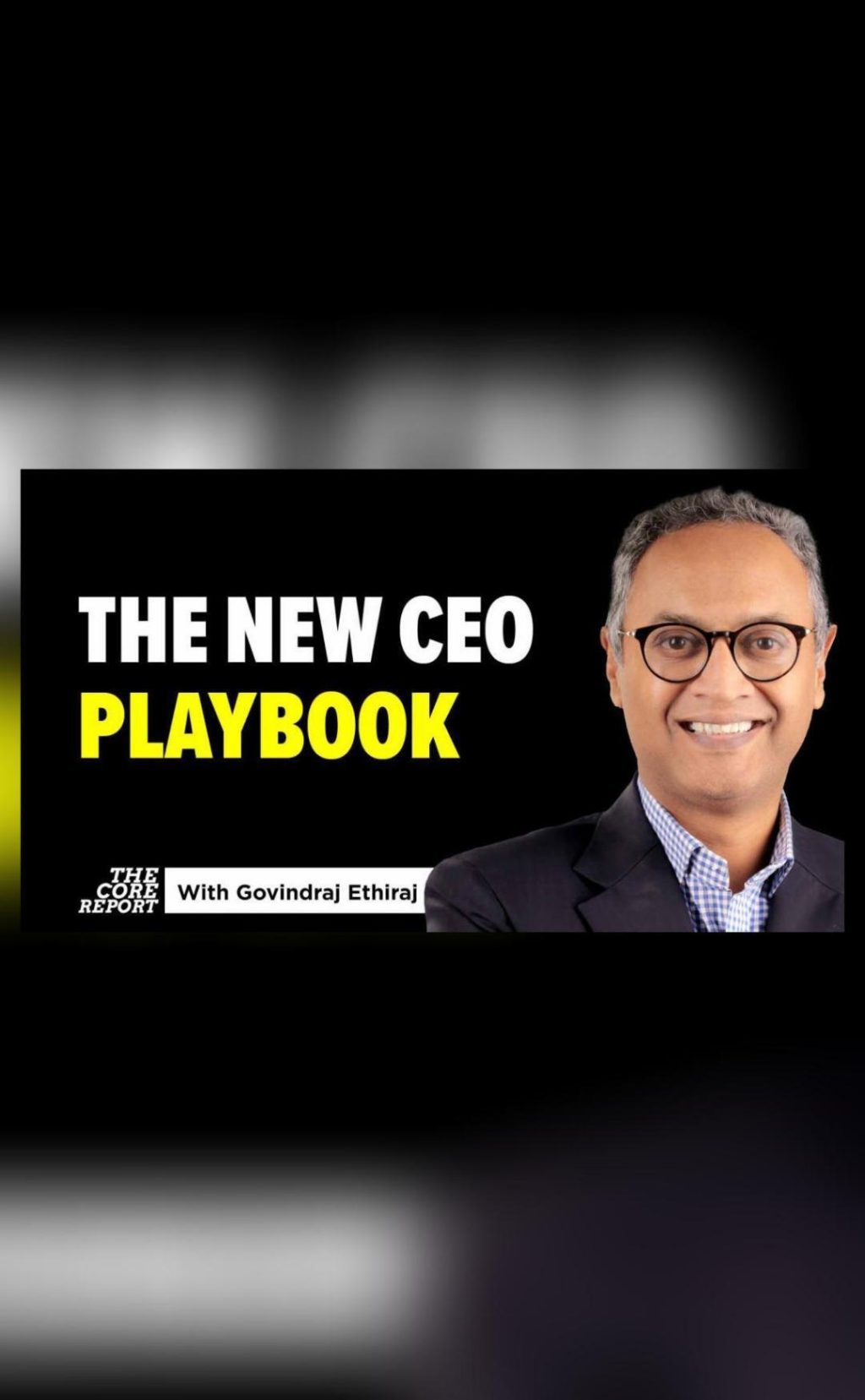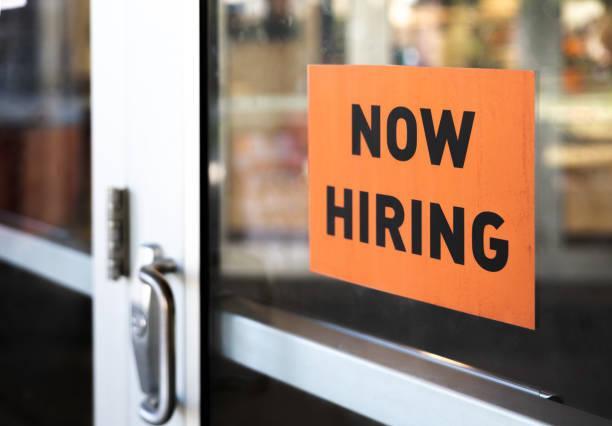
The New CEO Playbook: AI Pressures & Global Tariff Shocks
As the world grapples with the rapid pace of technological advancements and shifting global trade policies, CEOs are facing unprecedented challenges. The pressure to innovate and adapt is palpable, with no guarantee of stability in an increasingly uncertain business environment.
In this post, we’ll explore the new CEO playbook, examining the internal and external pressures that are reshaping industries and disrupting trade. We’ll also discuss the strategies that successful CEOs are employing to navigate these challenges, from localizing operations to reconsidering long-held business models.
AI Pressures: The Need for Innovation
Artificial intelligence (AI) is revolutionizing industries, from customer service to manufacturing, and CEOs are under pressure to automate and innovate to stay ahead of the competition. According to a recent survey by Deloitte, 64% of CEOs believe that AI will have a significant impact on their business in the next three years.
However, this increased reliance on AI also presents a significant challenge. As AI systems become more sophisticated, they require increasingly complex data sets to learn and improve. This has led to a skills gap, with many organizations struggling to find and retain employees with the necessary expertise to develop and implement AI solutions.
To address this challenge, CEOs are turning to internal training programs, partnerships with AI startups, and acquisitions to bolster their AI capabilities. For example, in 2020, IBM acquired Red Hat, a leading provider of open-source software, to accelerate its AI and cloud computing efforts.
Global Tariff Shocks: The Impact of Shifting Trade Policies
In addition to AI pressures, CEOs are also facing significant disruptions to global trade policies. The ongoing trade war between the US and China, as well as the UK’s departure from the EU, have created unprecedented uncertainty and volatility in global trade.
The impact of these shocks is being felt across industries, from manufacturing to retail. According to a recent report by the World Trade Organization, global trade is expected to decline by 2.5% in 2020, the first decline since the financial crisis.
To mitigate these risks, CEOs are turning to localization strategies, including nearshoring and reshoring. By moving production and supply chain operations closer to their customers, companies can reduce their reliance on complex global supply chains and better adapt to changing trade policies.
For example, in 2020, Nike announced plans to shift some of its production from China to Vietnam and other Southeast Asian countries to reduce its reliance on Chinese manufacturing and mitigate the impact of tariffs.
The New CEO Playbook: Strategies for Success
So, what strategies are successful CEOs employing to navigate these challenges? Here are a few key takeaways:
- Embrace AI: CEOs must invest in AI capabilities to stay ahead of the competition and drive innovation. This includes developing internal AI expertise, partnering with AI startups, and acquiring AI companies.
- Localize Operations: With global trade policies in flux, CEOs must consider localization strategies, including nearshoring and reshoring, to reduce their reliance on complex global supply chains.
- Adapt to Shifting Trade Policies: CEOs must stay up-to-date with changes in global trade policies and be prepared to adapt their strategies accordingly.
- Reconsider Long-Held Business Models: With the pace of technological change accelerating, CEOs must be willing to reconsider long-held business models and explore new opportunities for growth and innovation.
- Invest in Employee Training: As AI becomes increasingly prevalent, CEOs must invest in employee training programs to ensure that their workforce has the necessary skills to develop and implement AI solutions.
Conclusion
The new CEO playbook is all about adapting to AI pressures and global tariff shocks. CEOs must be willing to innovate, localize, and adapt to stay ahead of the competition and drive long-term growth.
By embracing AI, localizing operations, adapting to shifting trade policies, reconsidering long-held business models, and investing in employee training, CEOs can navigate these challenges and position their companies for success in an increasingly uncertain business environment.
Watch the video for more insights:






